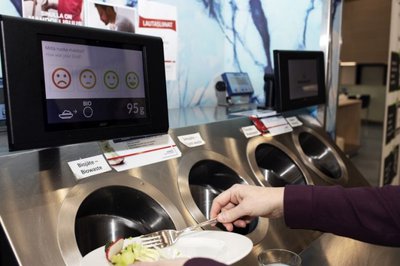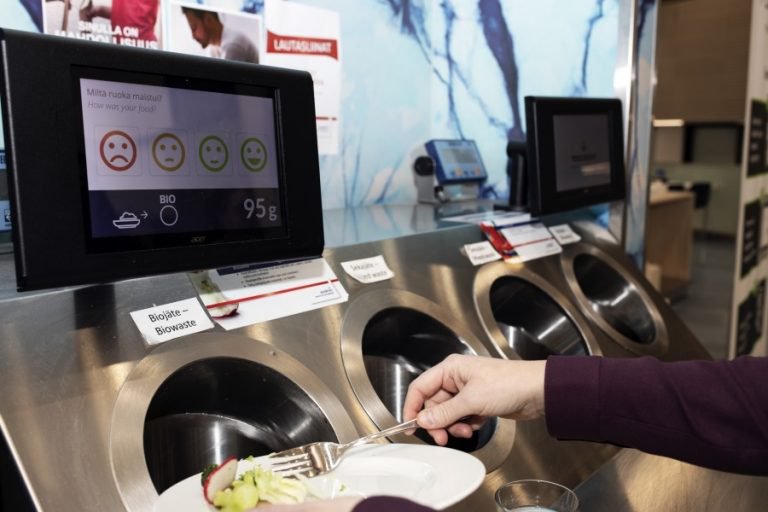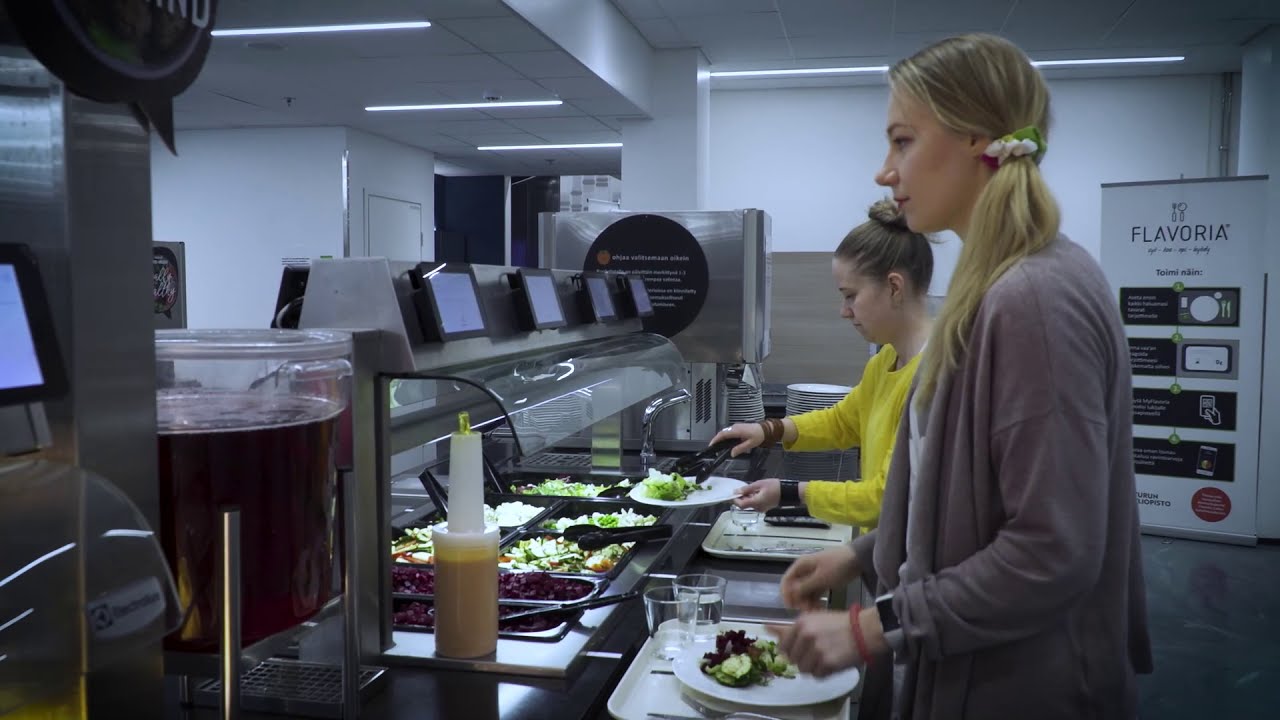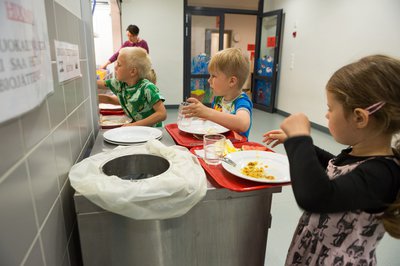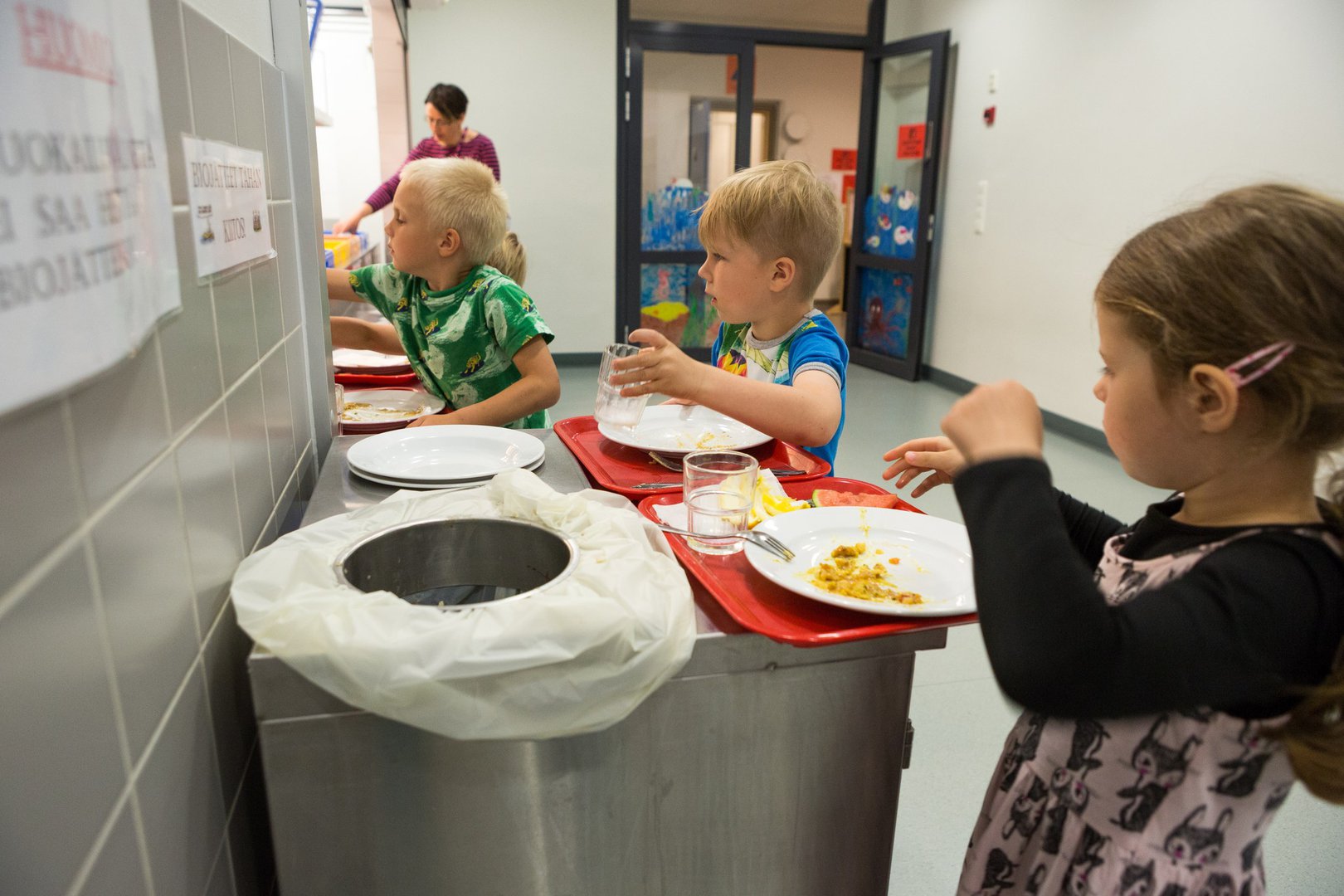Necessary Steps
- Communicate the food service’s sustainability goals to customers and make clear that the prevention of food waste is part of the effort.
- Monitoring customers’ food consumption helps to align food serving more closely with demand. This helps leftover food stay in a serviceable condition, which increases its chances of being cooled and served later.
- To encourage the balanced consumption of different parts of the meal by customers, nutritional recommendations may help.
- A visual plate model shows how to compile a balanced, nutritious meal from a main course, side dishes, salads, bread, spread, and drink. This helps to prevent some parts of the meal becoming leftover or plate waste.
- As plant-based food may generate more food waste, placing it to the forefront on the serving line helps to increase its consumption.
- Educating customers about eating the plate clean is also recommended. Customers need to be encouraged to eat what they take and take what they eat.
- Weigh or visually estimate the amount of food waste and inform customers about successes in combating food waste, based on factual records.
More Issues To Consider
- Direct conversations between personnel and customers are recommended.
- Customer information about food waste, and its decrease, can be delivered in imaginative ways, such as colourful progress charts.
- Customers typically like to see bowls full of food, so it’s important to explain why they are emptier than usual (i.e. the prevention of food waste).
- Responsible and constructive customer feedback via social media is recommended.
- Food service personnel benefit when they know the number of customers expected beforehand. This allows them to prepare correct amounts of food, which is particularly important regarding special diet meals, which should not be prepared unnecessarily for no-show customers.
